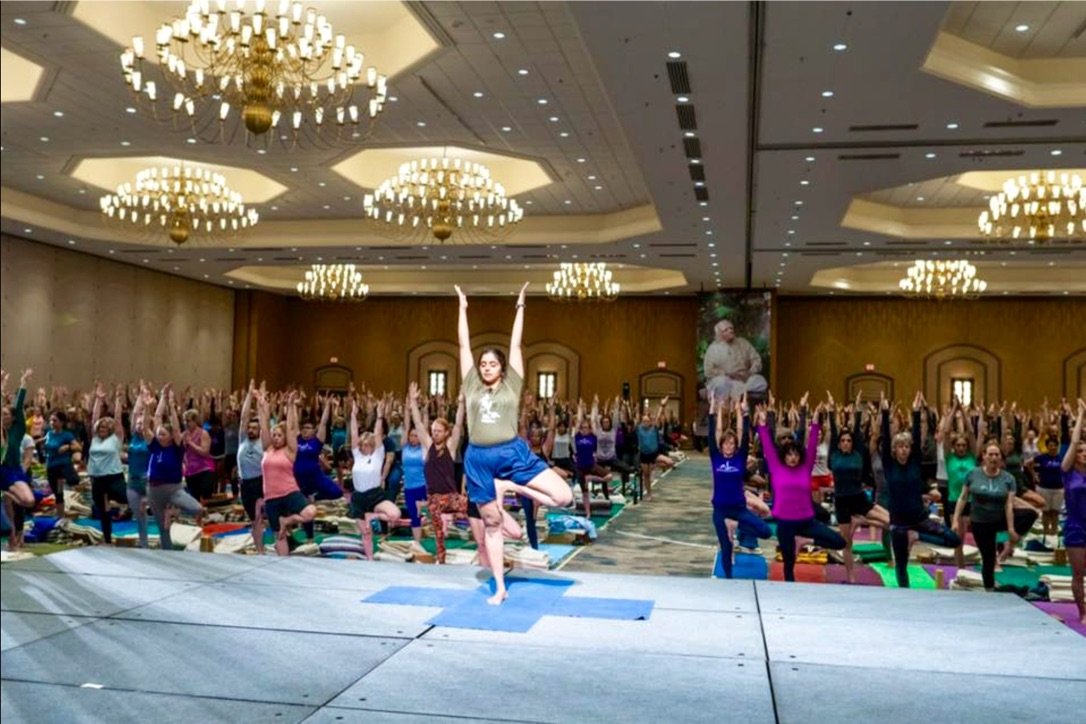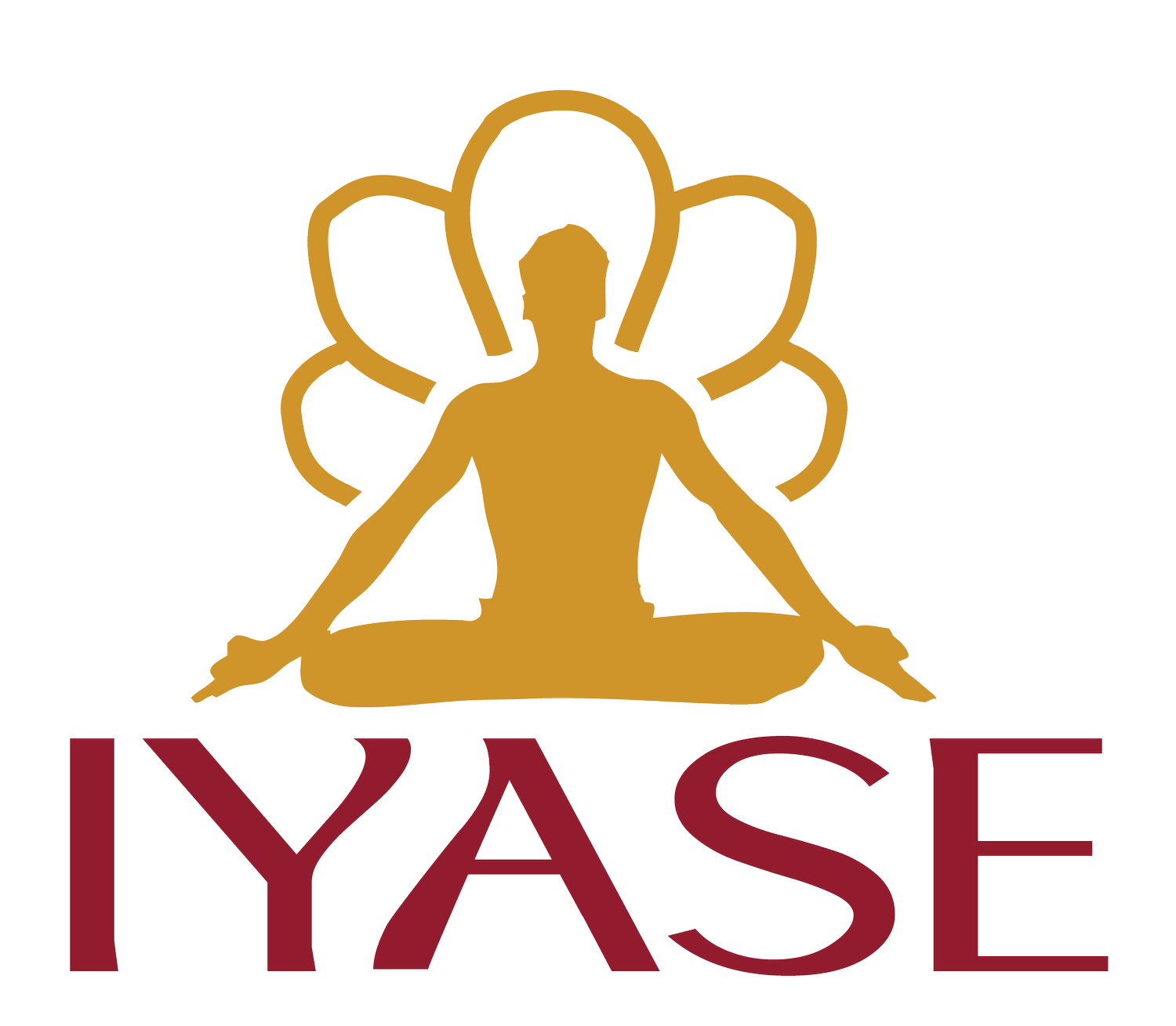
Iyengar Yoga FAQs
-
The Iyengar method is a progressive, innovative, and intelligent approach to the practice of yoga. Iyengar yoga integrates all eight limbs of yoga (Ashtanga Yoga) as put forth by sage Patanjali in the Yoga Sutras. The practice of Iyengar Yoga develops strength, endurance and flexibility while emphasizing correct body alignment in each asana (posture). Teachers use props such as blankets, bricks, and belts to help individualize and modify asana according to the student’s need. Iyengar classes are tiered into levels from beginner classes to advanced classes. In this way students are able to safely, and intelligently build and develop their practice of yoga. Iyengar’s unique approach to teaching asana from its foundational level and using props to individualize an asana to meet each student’s need, allows for students of all ages and physical abilities to pick up the practice of yoga.
Iyengar Yoga teachers are rigorously trained to observe, correct, and refine each students practice of asana. The Iyengars have developed the most extensive and thorough system of assessing and advancing their teachers. You can learn more about teacher training and assessment through the national website: www.iynaus.org
-
The Iyengar method makes the practice of yoga possible for anyone that is curious to try, and willing to practice. The emphasis on proper alignment in the practice of yoga asana brings health, freedom and vibrancy to the body, mind and spirit. Iyengar Yoga encourages weak parts to strengthen and stiff areas to stretch, awakening and re-aligning the whole body. As the body re-aligns and finds health it affects the whole person: body, mind, and spirit. As Iyengar writes in Light on Life, “The light that yoga sheds on life is something special. It is transformative. It does not just change the way we see things--it transforms the person who sees.”
-
Yoga is open to all people of all ages and levels of physical condition. Do not be put off from trying a yoga class because you feel that you are too old, too stiff, too fat, too thin, too tired, etc.
Always inform your teacher of any limitations or injuries that you might have before class begins. If your physical limitations are serious, contact the studio and ask them to advise you which class/teacher is best suited to help you with your particular needs. If your limitations make basic movements of the arms and legs difficult, you might be encouraged to meet privately with your teacher before attending your first class. Iyengar teachers are trained to modify, eliminate, and suggest alternate strategies (or poses) to enable you to practice safely.
-
In a beginner class, you will be introduced to foundational asanas which include standing poses, sitting poses and recuperative poses. The teacher will show you how to use yoga props such as belts and blocks to help you achieve each posture to the best of your ability. You will be introduced to the names of the poses in both Sanskrit and English.
As you develop maturity and confidence in the practice of these foundational postures, you will advance to intermediate level classes. Intermediate classes will introduce you to new poses and refine your understanding of foundational postures. Inversions such as headstand and shoulderstand and their alternatives are introduced at this level. Inversions bring strength and stability to the nervous system and are considered to be of upmost importance in developing your practice. The Iyengar’s progressive approach to learning asana ensures that you are safely challenged to grow in your practice. Yoga is a lifelong practice and the Iyengar method has classes to challenge students of all levels!
-
Yoga should always be practiced on an empty stomach, so leave about 3 hours after a main meal or 2 hours after a light snack. Wear clothes that do not restrict your movement in any way. Most people wear shorts or leggings and a T-shirt. Yoga is always practiced in bare feet.
If you are menstruating, there are certain poses that are not suitable to practice. Please consult the teacher before the class begins. The teacher may give you some alternative postures to perform during the class.
-
In a beginner class, you will be introduced to foundational asanas which include standing poses, sitting poses and recuperative poses. The teacher will show you how to use yoga props such as belts and blocks to help you achieve each posture to the best of your ability. You will be introduced to the names of the poses in both Sanskrit and English.
As you develop maturity and confidence in the practice of these foundational postures, you will advance to intermediate level classes. Intermediate classes will introduce you to new poses and refine your understanding of foundational postures. Inversions such as headstand and shoulderstand and their alternatives are introduced at this level. Inversions bring strength and stability to the nervous system and are considered to be of upmost importance in developing your practice. The Iyengar’s progressive approach to learning asana ensures that you are safely challenged to grow in your practice. Yoga is a lifelong practice and the Iyengar method has classes to challenge students of all levels!

